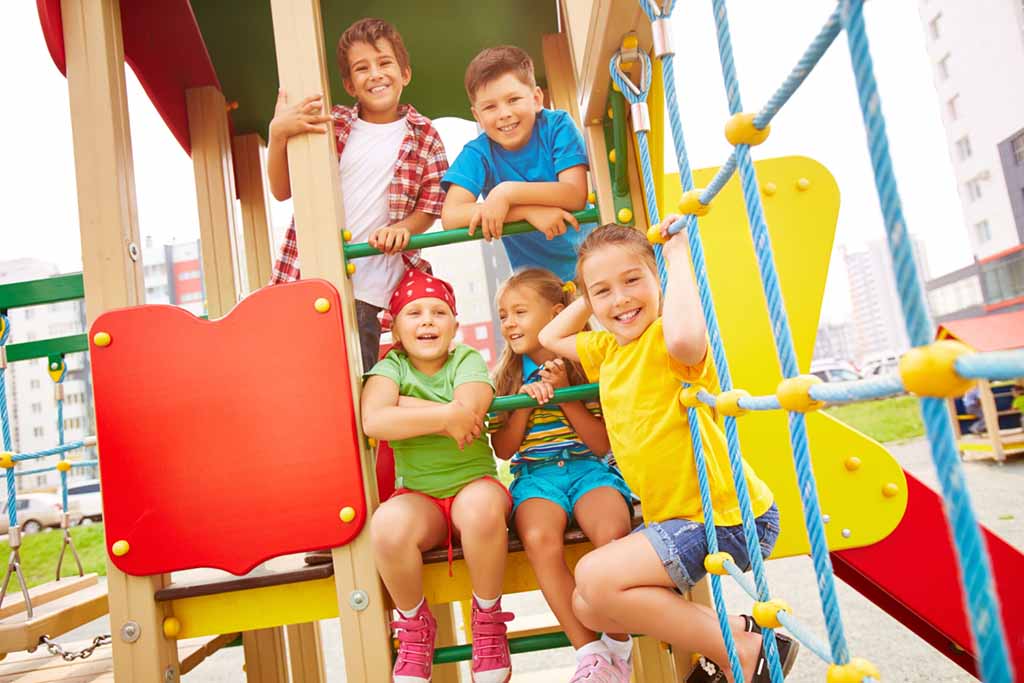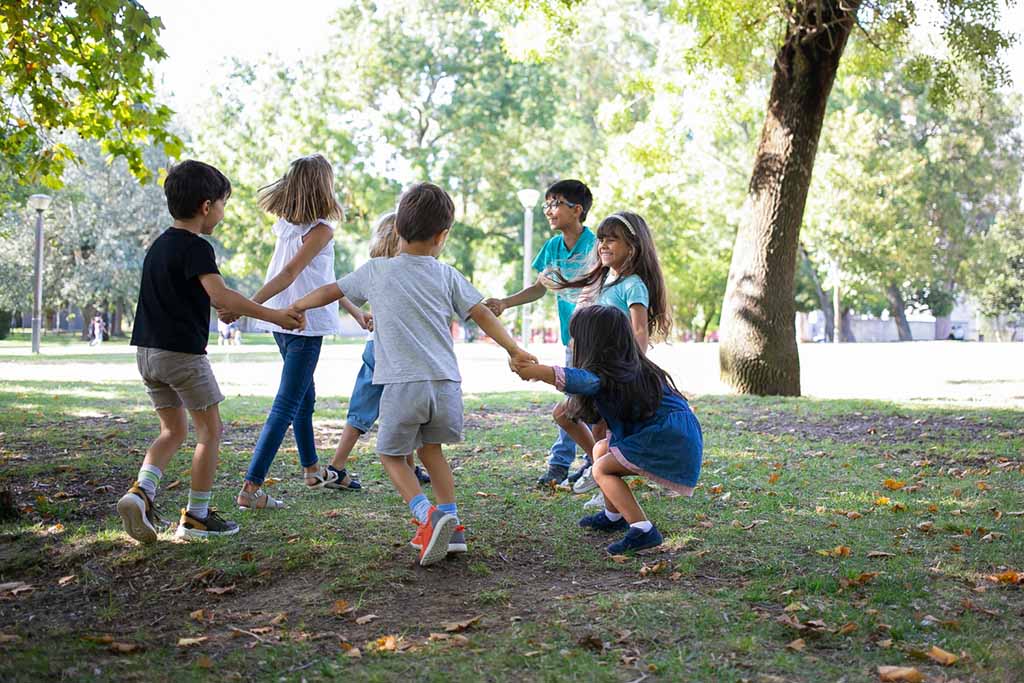Recent studies have confirmed what many educators and parents feared, a mental health crisis has impacted young children.
In order that students continue to develop social-emotional abilities, teachers might need to rethink existing strategies and teach children how to develop new social skills needed for later in life after the pandemic. Teaching is a social-emotional job. Here are some social-emotional classroom activities to try.
Understand Your Emotions
Young children can’t always communicate verbally, so many schools are trying to help students emotionally by teaching them how to express how they feel through colors. This is when a word is attached to a color and students can point to a color to describe their feelings.
New Social Norms
The pandemic changed social norms. Today post-COVID, teachers can help teach students how to navigate these new ways. Life during the pandemic meant social distancing and not coming too close to others. If we must go back to these precautions, students will understand how to adapt.
For example, young children may need to learn proper touching such as an air hug versus a regular hug, or social distancing, such as using tape on a carpet, so students know how far to sit away from others.
Quick Check
Prompt the children to describe how they are. If you note no or slow responses students, then ask them to circle an emoji that best shows their feelings. This will give you a clue of how they are post-COVID.
Encouraging Collaboration
An important factor of social-emotional learning is learning to interact with others. This can be easily done in person or online by encouraging students to work together. Having children work in groups or asking students to find a partner and work together will give them plenty of practice learning what it means to be a good classmate. Students will learn to take turns, listen to others, ask questions, and understand how to relate to others.
Address Issues
The pandemic created a lot of fears. When you’re faced with the unknown, anxiety can soar, and you can foresee the worst. Create a safe space in your classroom where students are free to express any thoughts or worries. Give children opportunities to share their thoughts and ask questions.
Social-emotional development is more critical now. For many children, the stress associated with the pandemic is still in their minds and it’s up to teachers, parents and schools to ensure students are taught life skills to help them deal with future changes.


